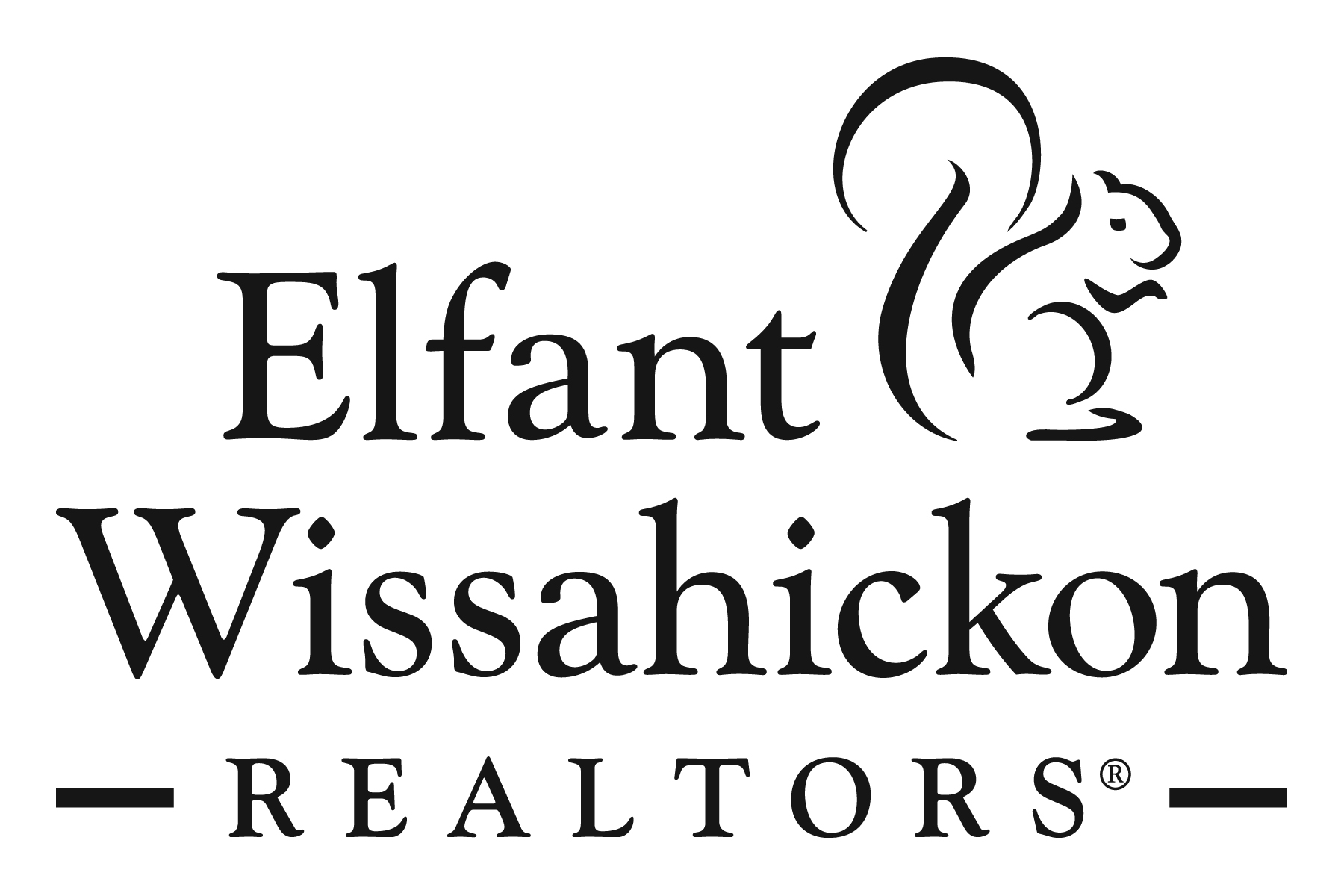Most buyers will have a “pre-qualification” or “pre-approval” letter from a lender indicating approximately how much the buyer can afford to pay for a house. Although this is no guarantee that the buyer will eventually be approved for financing, it is helpful for buyers to know what price range they should be focusing on and to let the sellers get an idea of the buyer’s financial ability.
PRE-QUALIFICATION is when the lender looks at the buyers’ financial status to estimate the mortgage loan amount for which they might qualify. It is based on the documentation provided by the buyer and is usually free. Pre-qualification may help buyers determine the price range they can afford and can be helpful at the beginning of a search.
PRE-APPROVAL is more detailed and takes place when the buyers are closer to making an offer on a house. For a pre-approval the lender will verify the buyers’ earnings and financial situation—often by obtaining a credit report—to determine whether or not to lend money. Once the buyers are pre-approved the lender will provide a letter stating the maximum amount the buyer would likely be approved to borrow. Pre-approval may make the buyers look “stronger” in the eyes of a seller and improve the chances of coming to an agreement on the purchase price.
NOTE: These terms may vary from lender to lender; buyers should be sure they understand their lender’s obligations to them if they are pre-qualified or pre-approved. Remember that neither of these is the same as having a full mortgage commitment.
There are many different mortgage products available through various lenders. In some cases these mortgages might involve multiple loans – a first and second mortgage, for example, or a mortgage loan with an accompanying line of credit. Buyers would be well served to talk to their Realtor® or a financing expert to determine what types of loans might be attractive based on their current financial status.
Here is a sample checklist of some of the things the buyer may need to provide to the lender when applying for a mortgage loan.
Income information, including:
Employers’ name, address, and phone number for the last two years
W-2 statements for the last two years
Recent pay stubs (approximately one month’s worth)
Green card for resident alien
If self-employed, the last two years’ tax returns with all schedules and year-to-date profit and loss statements
Other income from Social Security, VA & retirement benefits, alimony, and child support
Financial information, including:
- Bank names, account numbers, and balances
- Bank statements for the last three months on all accounts
- Proof of rent or mortgage payments for the last 12 months
- Liabilities, including debts, loans, and credit card balances
- Current financial statements listing assets and investments
- Check to pay for appraisal, credit report, and mortgage rate lock
Other items and information, including:
- Social Security number
- Landlords’ name and address for the last two years
- Certificate of Eligibility and/or dd214 for VA loans
- Leases for rental properties
- Separation agreement, divorce decree, and/or property settlement Agreement of Sale
- Legal description of the property
This is only a sample checklist. Buyers should ask the lender what else they need, as requirements may differ from lender to lender. Keep in mind that this information will be required shortly after the seller accepts the Agreement of Sale, so it couldn’t hurt to get it ready ahead of time!
